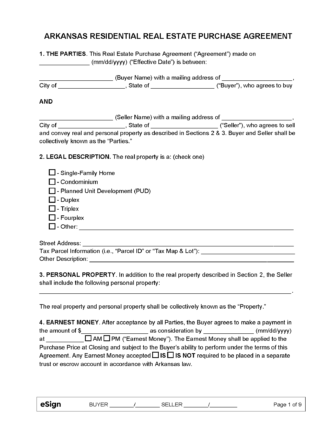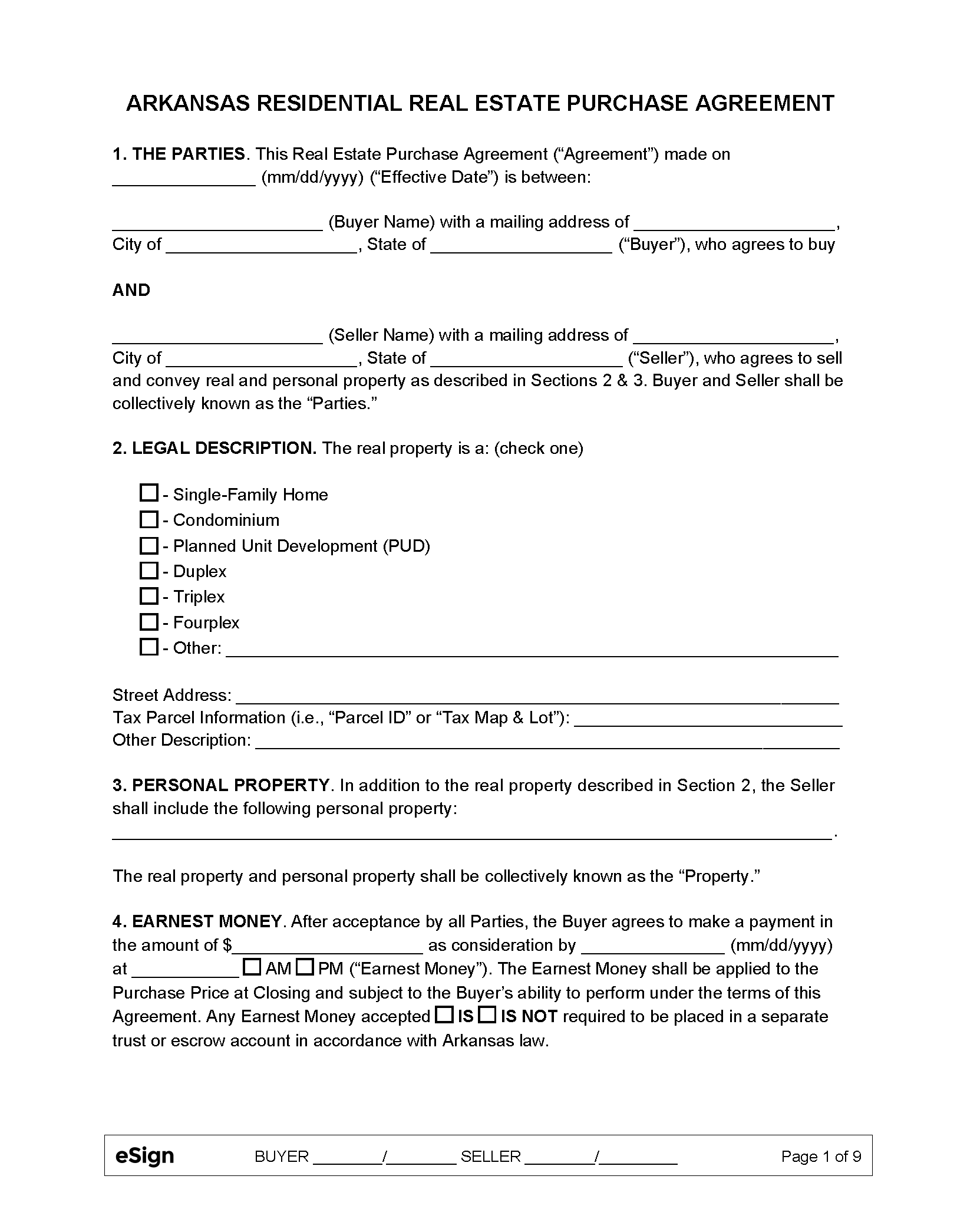Contents |
Required Disclosures (2) |
 Lead-Based Paint – If someone is selling a property that was built before the year 1978, they are required to provide potential buyers with this disclosure statement informing the buyer of the possibility of exposure to lead-based paint on the premises. Lead-Based Paint – If someone is selling a property that was built before the year 1978, they are required to provide potential buyers with this disclosure statement informing the buyer of the possibility of exposure to lead-based paint on the premises.
Download: PDF |
 Property Disclosure Statement (Optional) – Although it may not be legally required, a seller’s disclosure statement will most likely be incorporated into real estate transactions, especially if a realtor is involved. Property Disclosure Statement (Optional) – Although it may not be legally required, a seller’s disclosure statement will most likely be incorporated into real estate transactions, especially if a realtor is involved.
Download: PDF, Word (.docx), OpenDocument |
Buyer Beware
Arkansas is known as a caveat emptor, or “let the buyer beware,” state. This means that the buyer is purchasing the property “as is” and it is not the responsibility of the seller to disclose any defects or issues. While the courts will enforce a caveat emptor clause in a real estate contract, a real estate agent is held to slightly higher standards than the seller. The Arkansas Real Estate Commission (AREC) states that the agent must make a reasonable effort to determine the condition of the property so that they may avoid intentional or negligent misrepresentation to potential buyers (AREC Regulations 10.6).

